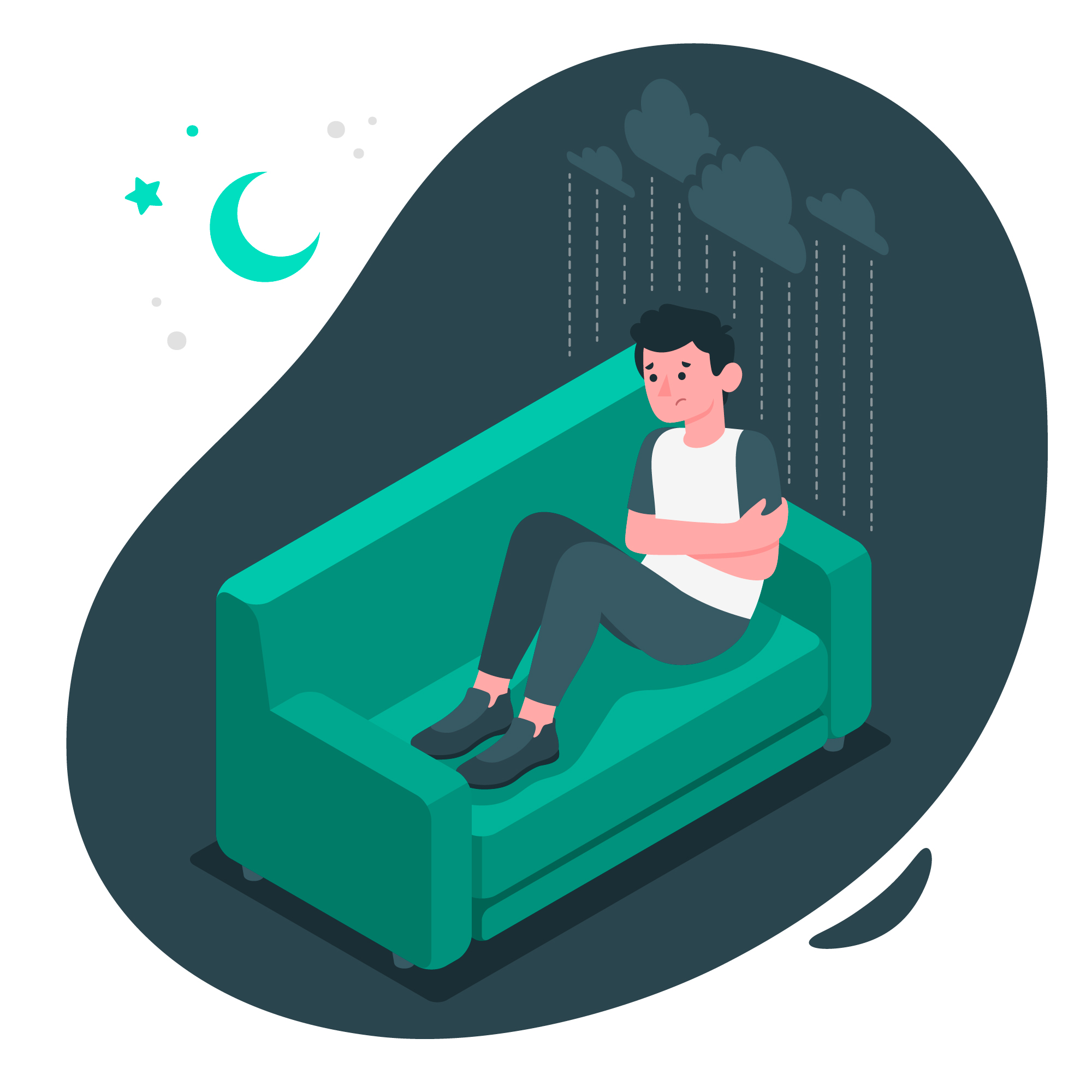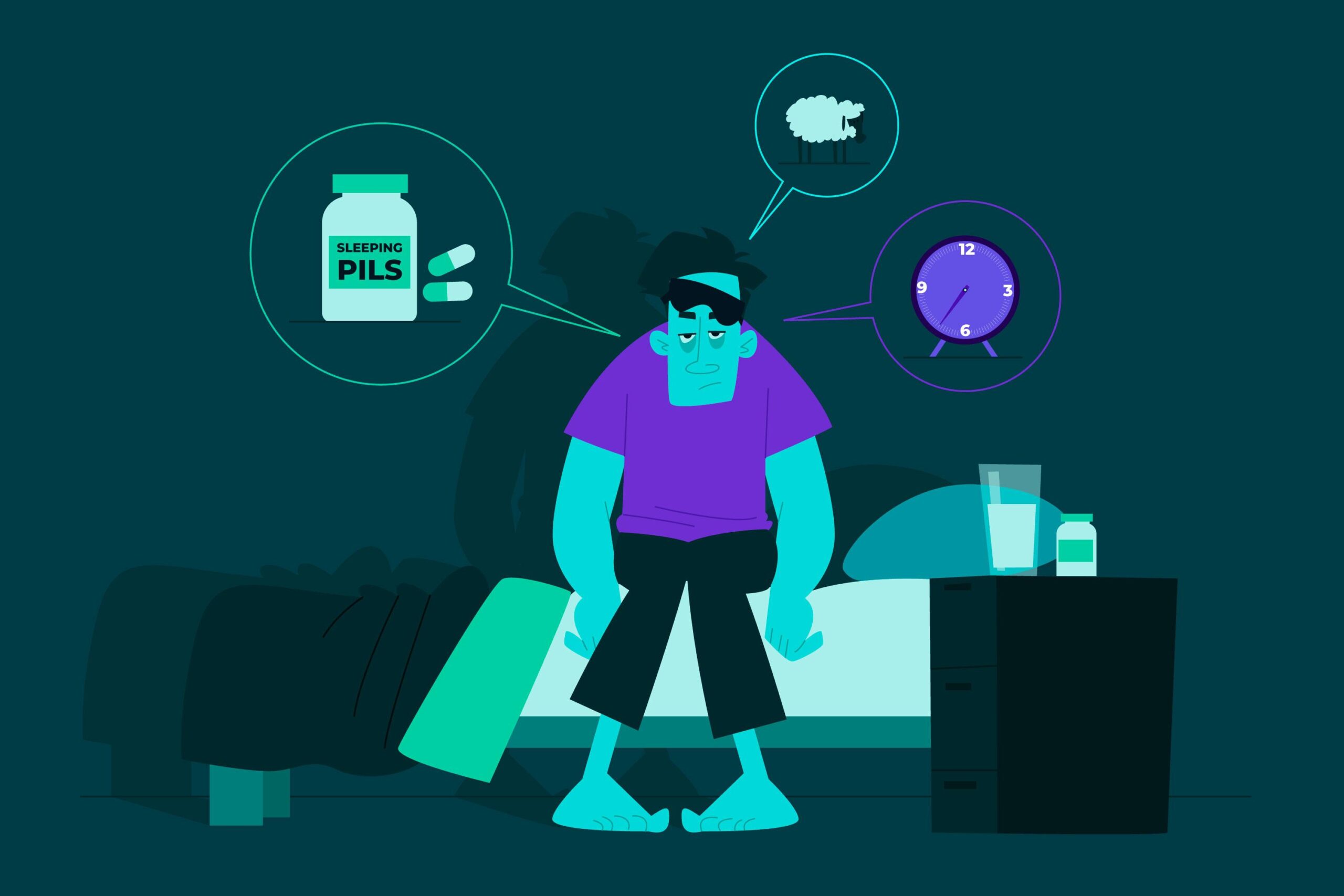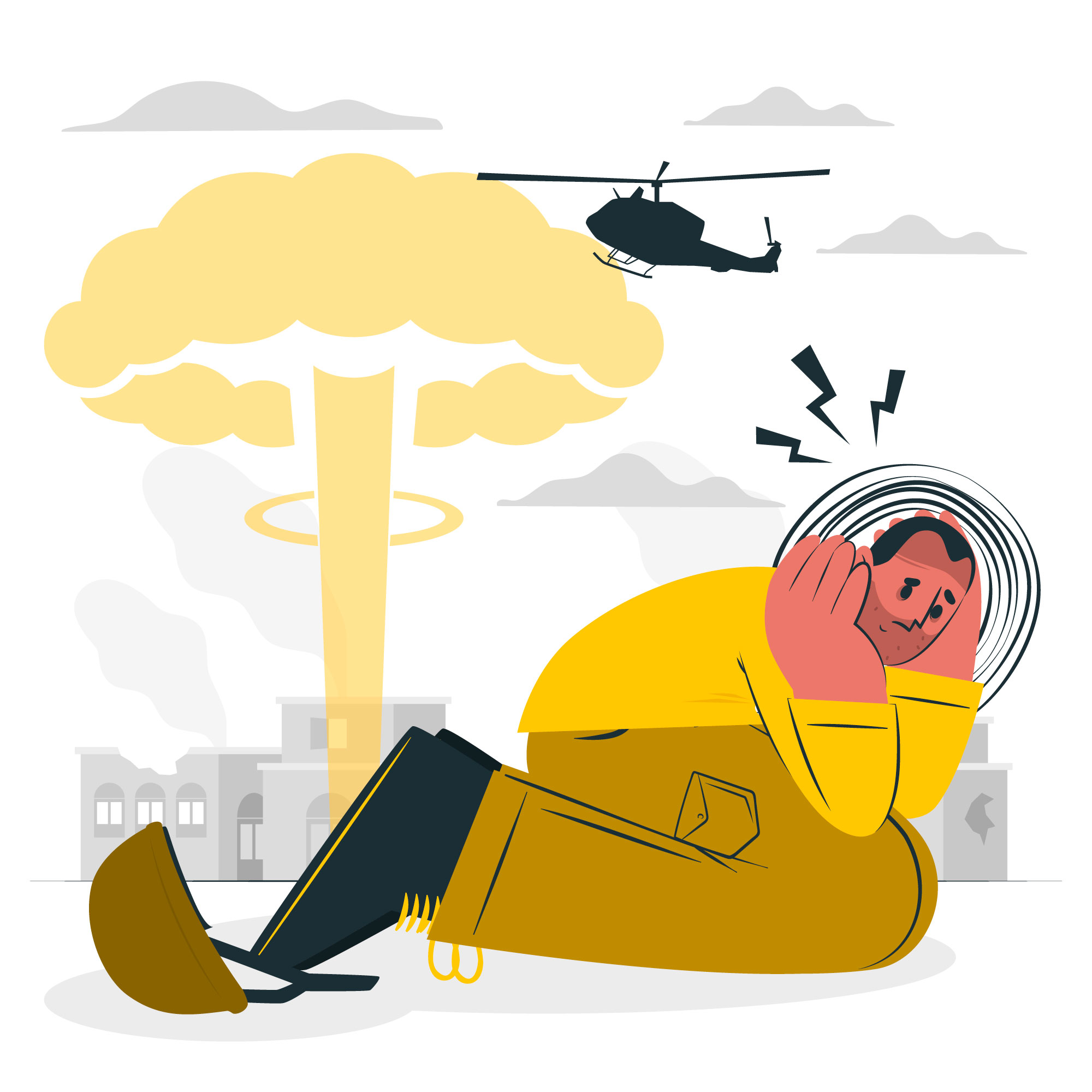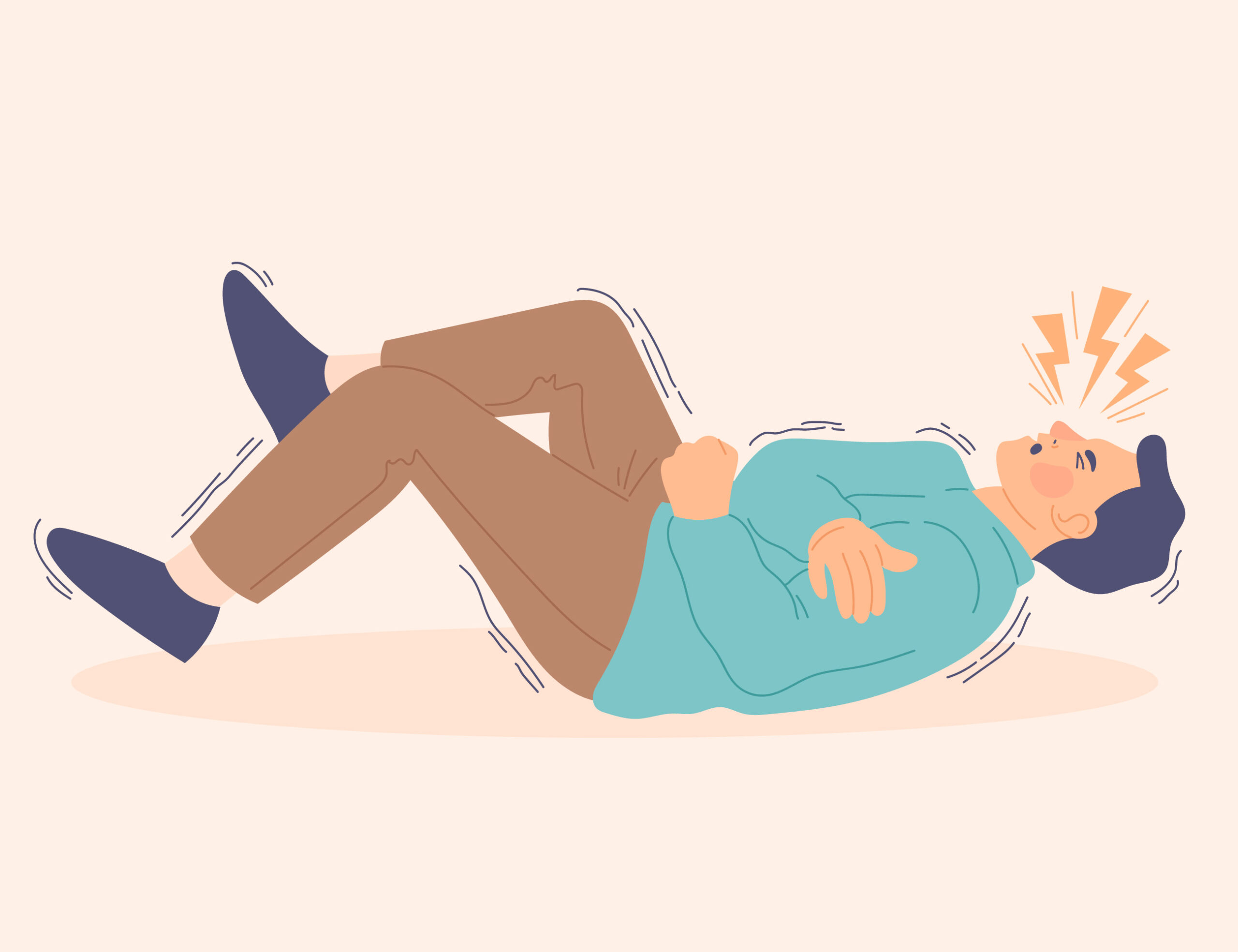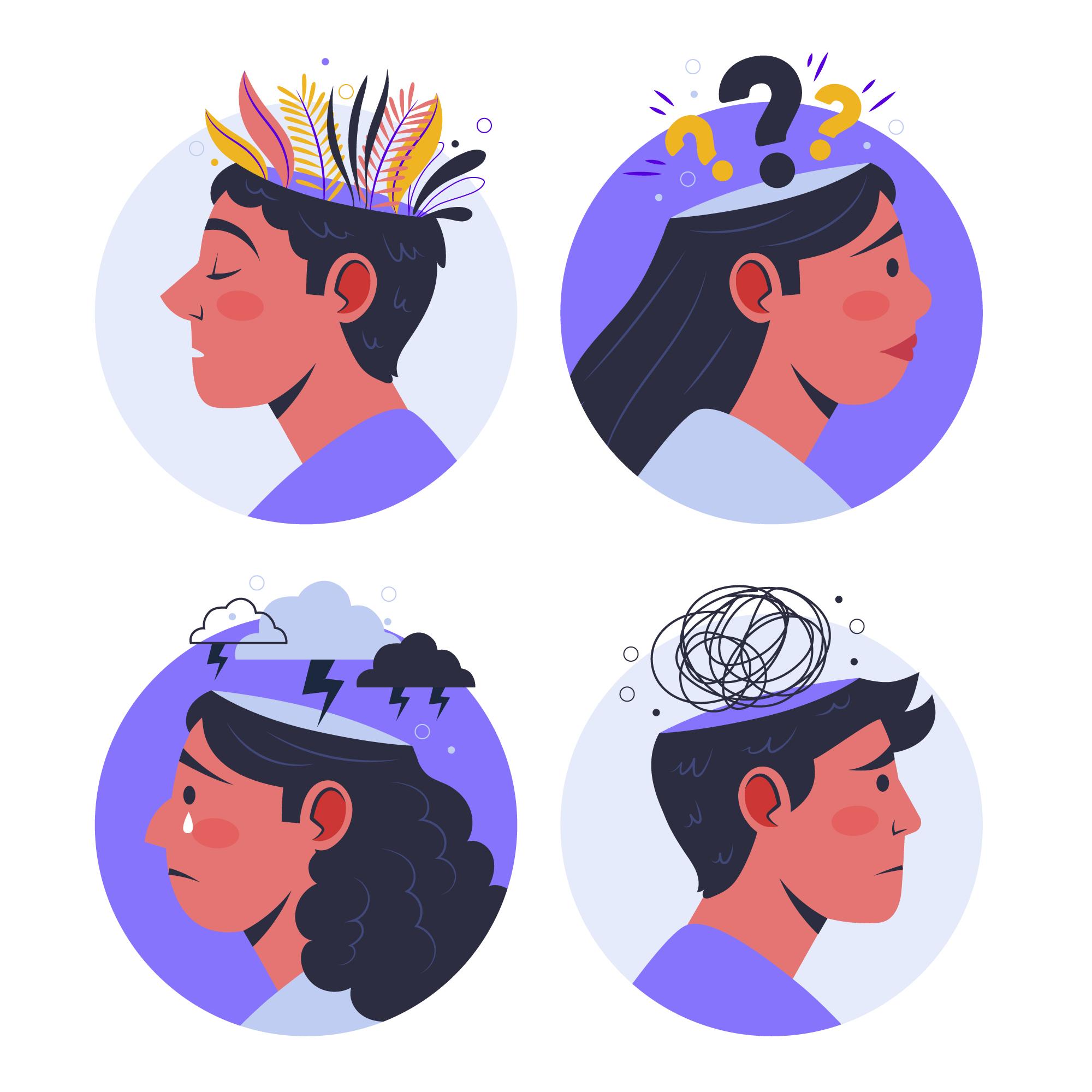Homelessness
Overview
Homelessness in India is a significant social issue, with the 2011 Census reporting approximately 1.77 million homeless individuals, constituting about 0.15% of the country’s total population. This population includes single men, women, the elderly, and the disabled, many of whom face severe mental health challenges.
Key Facts
- Prevalence: Urban areas have a higher concentration of homeless individuals, with 938,384 homeless residents in cities.
- Mental Health Impact: Mental health issues account for more than 50% of the morbidity among homeless adults in India.
- Substance Use: Substance abuse is prevalent among the homeless, with many individuals using substances as a coping mechanism for their circumstances.
Symptoms and Patterns
Homeless individuals often exhibit:
- Psychiatric Disorders: Conditions such as depression, anxiety, and psychosis are common.
- Substance Abuse: High rates of alcohol and drug use are prevalent.
- Physical Health Issues: Chronic illnesses and malnutrition are widespread due to inadequate living conditions.
Risk and Protective Factors
Risk Factors:
- Poverty: Economic hardship is a primary driver of homelessness.
- Mental Illness: Pre-existing mental health conditions can lead to or exacerbate homelessness.
- Substance Abuse: Addiction issues can result in job loss and family breakdown, leading to homelessness.
Protective Factors:
- Social Support: Strong family and community ties can provide a safety net.
- Access to Healthcare: Availability of mental health services can prevent and address issues leading to homelessness.
- Economic Opportunities: Employment and affordable housing options reduce the risk of homelessness.
Treatment and Care
Addressing homelessness requires a multifaceted approach:
- Shelter and Housing: Providing stable housing is the first step in treatment.
- Mental Health Services: Access to psychiatric care and counselling is essential.
- Substance Abuse Programs: Rehabilitation services are necessary for those with addiction issues.
Psychological and Psychosocial Interventions
- Community-Based Programs: Initiatives like The Banyan in Tamil Nadu offer integrated mental health services to homeless individuals.
- Legislative Support: The Mental Healthcare Act, 2017, mandates the provision of mental health services to homeless individuals.
- Rehabilitation Centers: Specialized facilities cater to the needs of homeless individuals with mental illnesses.
Conclusion
Homelessness in India is intricately linked to mental health issues, creating a cycle of poverty and illness. Addressing this challenge requires comprehensive strategies that include housing, healthcare, and social support systems. By implementing integrated interventions, India can work towards alleviating homelessness and improving the mental well-being of its vulnerable populations.



